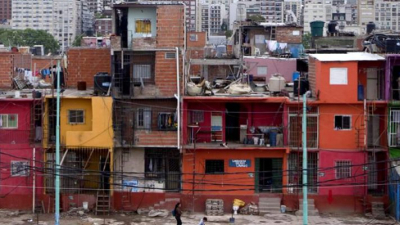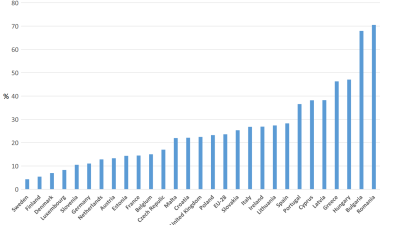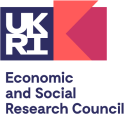A new study has warned that relative poverty and inequality are set to rise by 2020 as a result of changes in the structure of employment.
The Joseph Rowntree Foundation study combines employment projections with a tax and benefit model to simulate the distribution of household income, poverty and inequality.
Key findings
- Projections indicate that many long-term employment trends will continue, including shifts towards a knowledge- and service-based economy, and increases in high-paid and low-paid jobs at the expense of those in the middle.
- These changes will contribute to an increase in poverty rates by 2020, although the growing gap between benefits and wages is the main driver of increasing relative poverty rates.
- There will be an increase in both the relative poverty rate (individuals in households with less than 60 per cent of median household income) and the absolute poverty rate (individuals with less than 60 per cent of 2010/11 median household income).
- The rise in relative poverty occurs because the anticipated changes in pay and employment increase median income, which raises the relative poverty line while having little impact on incomes lower down the distribution scale. The projected changes in employment structure have little impact on the real incomes of low-income households.
- The projected changes in employment structure will also lead to increased inequality in net household incomes between 2010 and 2020, with income growth projected to be higher at the top than at the bottom.
Source: Mike Brewer et al., Poverty and Inequality in 2020: Impact of Changes in the Structure of Employment, Joseph Rowntree Foundation
Links: Report | Summary



 PSE:UK is a major collaboration between the University of Bristol, Heriot-Watt University, The Open University, Queen's University Belfast, University of Glasgow and the University of York working with the National Centre for Social Research and the Northern Ireland Statistics and Research Agency. ESRC Grant RES-060-25-0052.
PSE:UK is a major collaboration between the University of Bristol, Heriot-Watt University, The Open University, Queen's University Belfast, University of Glasgow and the University of York working with the National Centre for Social Research and the Northern Ireland Statistics and Research Agency. ESRC Grant RES-060-25-0052.






